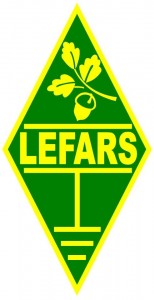Interesting academic exercise. I have a doublet at 9 meters (15m per leg) and I have a dipole cut for 14 MHz and fed with coax at 6 meters. On receive the dipole is often better despite its height, and I wanted to see if it was better on TX.
WSPR is the answer, so tonight I tried getting both on air with 500mW. The doublet was given the call 2E0EBV and the dipole was given M0TAZ, giving me the option to transmit simultaneously on both calls.
I did this a few times, and then compared the reports. I wanted to see if the lower dipole was better under any circumstances, and if it was over what distance. Remember this is only based on TX, RX will come later….
I ended up with two pots of data, comparing the same Rx reports for both calls (remember they were TXing at the same time)
The dipole was better on 7 occasions. The doublet was better on 11 occasions.
In itself not dramatic, so I decide to look at the signal variance. On each occasion I gave the antennas a value, so for instance of the dipole was -23 and the doublet was -25 the dipole scored 2.
Repeating this exercise, each antenna got a score, based on how good it was, and this was averaged by the number of samples. This gave the dipole a score of 1.857 and the doublet a score of 7.09.
I thought it may also be interesting to compare the best by distance. So I calculated every station distance that was better on the dipole, and compared this with the doublet. This was again average for the sample size on each test.
The doublet scored 1172 KM the dipole scored 1071 KM.
The dipole is lower, and simply based on receive (subjective) it seems better. The statistics would say it is not, and while they are not at exactly the same height it’s interesting.
I’m going to do the same statistical crunch on receive, it will be interesting to see if it really does receive better or maybe my imagination….
de M0TAZ
(email: m0taz@lefars.org.uk)
PS I only got a GCSE in maths so any errors are my own.


